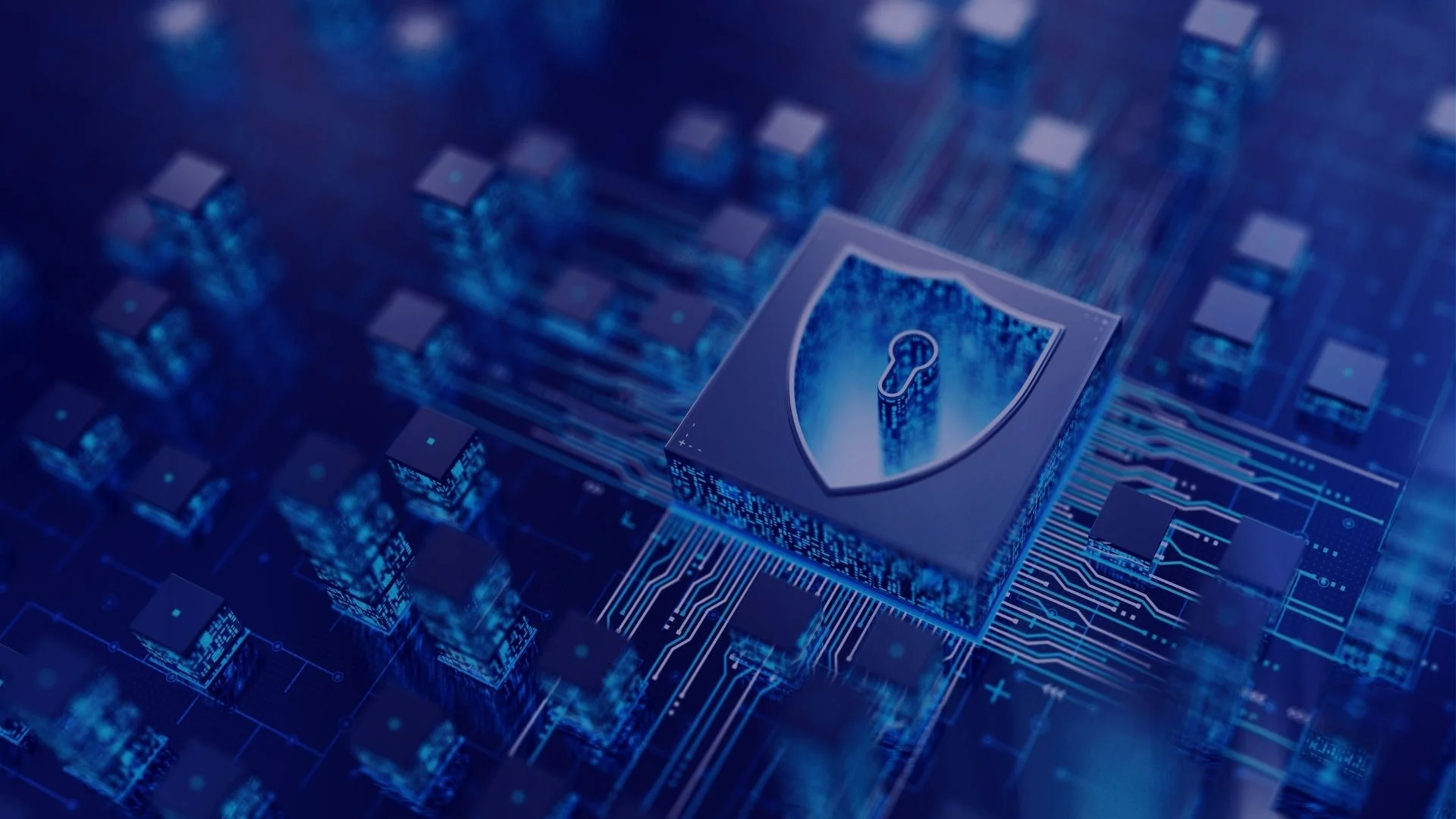Introduction
Cybersecurity threats are evolving at a breakneck pace, and businesses must stay ahead of the curve to protect their data and systems. As we move into 2025, new trends and innovations are reshaping how we approach cybersecurity. From artificial intelligence-driven security measures to zero-trust frameworks, organizations need to adopt cutting-edge solutions to defend against increasingly sophisticated cyber threats.
This article explores the latest cybersecurity solutions, highlighting trends, innovations, and what the future holds. We’ll also discuss how businesses can test software applications for vulnerabilities to strengthen their security posture and minimize risks.
The State of Cybersecurity in 2025
Cyberattacks are becoming more frequent and complex. Ransomware, phishing, and supply chain attacks are among the most pressing threats facing organizations today. Additionally, the increasing reliance on cloud computing and the Internet of Things (IoT) presents new security challenges.
With regulatory requirements tightening worldwide, businesses must adopt a proactive approach to cybersecurity. Solutions such as AI-driven threat detection, blockchain security, and automated vulnerability testing are critical to staying ahead of attackers.
Emerging Cybersecurity Trends
1. AI and Machine Learning in Cybersecurity
Artificial intelligence (AI) and machine learning (ML) are revolutionizing cybersecurity. AI-driven security tools can analyze vast amounts of data, detect anomalies, and respond to threats in real time. These technologies are particularly effective in identifying zero-day vulnerabilities and preventing sophisticated attacks before they cause harm.
2. Zero-Trust Architecture (ZTA)
The traditional perimeter-based security model is no longer sufficient. Zero-trust architecture (ZTA) operates on the principle that no user or device should be trusted by default. Every access request is verified before granting permission, reducing the risk of insider threats and unauthorized access.
3. Cloud Security Enhancements
With businesses moving to cloud-based infrastructures, securing cloud environments is a top priority. Cloud security solutions now include advanced identity and access management (IAM), encryption techniques, and AI-powered threat detection to protect sensitive data.
4. Extended Detection and Response (XDR)
XDR solutions integrate multiple security tools to provide a comprehensive view of an organization’s security landscape. By correlating data from endpoints, networks, and cloud environments, XDR enhances threat detection and response capabilities.
5. Blockchain for Cybersecurity
Blockchain technology is being adopted to enhance security measures such as secure transactions, identity verification, and decentralized data storage. Blockchain’s immutable nature makes it highly effective in preventing fraud and data tampering.
Cybersecurity Innovations to Watch
Automated Vulnerability Testing
One of the most significant advancements in cybersecurity is the automation of vulnerability testing. Organizations can test software applications for vulnerabilities continuously, ensuring that security gaps are identified and patched before they can be exploited.
Quantum Cryptography
As quantum computing advances, traditional encryption methods are at risk of becoming obsolete. Quantum cryptography provides a future-proof security solution by leveraging quantum mechanics to create unbreakable encryption keys.
Biometric Security Enhancements
Passwords are increasingly being replaced by biometric authentication methods, such as facial recognition, fingerprint scanning, and behavioral biometrics. These technologies offer a higher level of security and reduce the risks associated with password-based authentication.
Secure Access Service Edge (SASE)
SASE is an emerging framework that combines network security functions with wide-area networking (WAN) capabilities. It enables secure access to applications and data from any location, ensuring that remote workers and distributed teams are protected.
The Role of Cybersecurity Testing
Cybersecurity testing plays a crucial role in identifying and mitigating security risks. Organizations must regularly test software applications for vulnerabilities to ensure their systems remain resilient against evolving threats.
Types of Cybersecurity Testing
- Static Application Security Testing (SAST): Analyzes source code for security flaws before the application is deployed.
- Dynamic Application Security Testing (DAST): Evaluates applications in runtime to detect vulnerabilities that may not be visible in static analysis.
- Interactive Application Security Testing (IAST): Combines SAST and DAST to provide a more comprehensive security assessment.
- Penetration Testing: Simulates real-world attacks to identify weaknesses in an organization’s security posture.
Preparing for the Future of Cybersecurity
Organizations must adopt a multi-layered security approach to safeguard their digital assets. Key steps include:
- Implementing AI-driven security solutions to enhance threat detection and response.
- Adopting zero-trust principles to minimize risks associated with unauthorized access.
- Regularly testing software applications for vulnerabilities to identify and remediate security flaws.
- Investing in employee cybersecurity training to mitigate the risks of social engineering attacks.
- Staying informed about the latest security trends to proactively address emerging threats.
Conclusion
As cyber threats continue to evolve, businesses must prioritize cybersecurity solutions that offer real-time protection and adaptability. By leveraging AI, zero-trust frameworks, and blockchain security, organizations can strengthen their defenses and minimize risks.
Moreover, regularly testing software applications for vulnerabilities is essential to identifying potential security gaps before they can be exploited. As we move into 2025, staying proactive and informed will be key to maintaining a robust cybersecurity posture.
For further insights on cybersecurity best practices, visit trusted resources like the National Institute of Standards and Technology (NIST) and Cybersecurity & Infrastructure Security Agency (CISA).
Read More From Techbullion

































